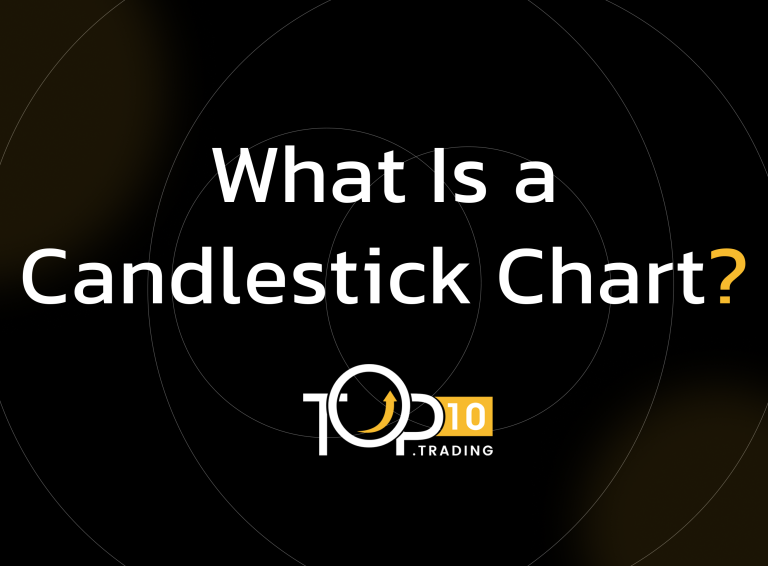Candlestick Chart Definition

A candlestick chart is a popular financial charting tool used in technical analysis to visualize price movements of securities, currencies, or commodities over a specific time period. Each candlestick provides four key data points: the opening price, closing price, highest price, and lowest price during the selected timeframe. This charting method originated in Japan in the 18th century and has since become an essential tool for traders worldwide.
Key Takeaways
- A candlestick chart displays four critical data points: open, close, high, and low prices over a specific timeframe.
- It consists of a body (real body) and wicks (shadows), providing visual cues about market sentiment and trends.
- Originating in Japan, candlesticks are now integral to technical analysis for identifying trends, reversals, and entry/exit points.
- While powerful, candlesticks should be used alongside other tools and indicators for accurate decision-making.
Structure of a Candlestick
Each candlestick consists of two main components:
- The Body (Real Body): Represents the range between the opening and closing prices.
- A green/white body indicates that the closing price is higher than the opening price (bullish).
- A red/black body indicates that the closing price is lower than the opening price (bearish).
- The Wicks (Shadows): Thin lines extending above and below the body.
- The upper wick shows the highest price reached during the period.
- The lower wick shows the lowest price reached during the period.
The combination of these elements provides a comprehensive snapshot of market activity during a given timeframe.
How to Use Candlestick Charts
- Candlestick charts are widely used by traders to:
- Identify Trends: Recognize bullish or bearish trends based on patterns formed by multiple candlesticks.
- Spot Reversals: Detect potential trend reversals using specific patterns like hammers, shooting stars, or Dojis.
- Assess Market Sentiment: Analyze whether buyers (bulls) or sellers (bears) dominate the market during a particular period.
- Determine Entry/Exit Points: Use candlestick patterns to time trades effectively.
Common Candlestick Patterns
Candlestick patterns are categorized into two types:
- Reversal Patterns:
- Bullish Engulfing: Signals a potential upward reversal.
- Hammer: Indicates a possible trend reversal to the upside after a downtrend.
- Shooting Star: Suggests a bearish reversal after an uptrend.
- Continuation Patterns:
- Doji: Represents indecision in the market; often precedes significant moves.
- Three White Soldiers: Indicates strong bullish momentum.
- Falling Three Methods: Confirms continuation of a downward trend.
Advantages of Candlestick Charts
- Provide detailed insights into market movements compared to line or bar charts.
- Easy to interpret visually, especially for identifying trends and reversals.
- Applicable across various timeframes, from intraday trading to long-term investing.
Limitations of Candlestick Charts
- Require additional indicators for confirmation; patterns alone may lead to false signals.
- Can be overwhelming for beginners due to the variety of patterns and interpretations.
- By mastering candlestick charts, traders can gain valuable insights into market dynamics and improve their ability to make informed trading decisions.
